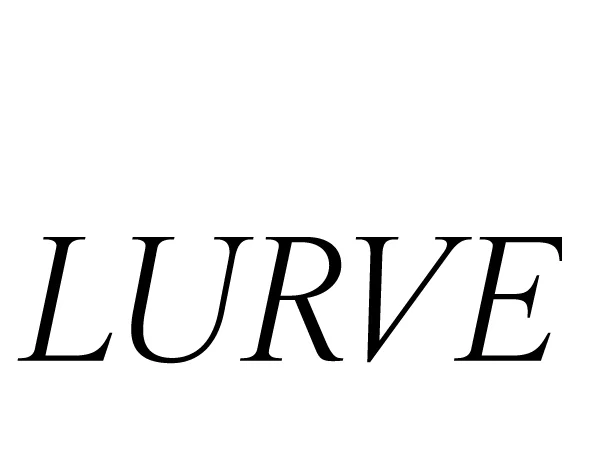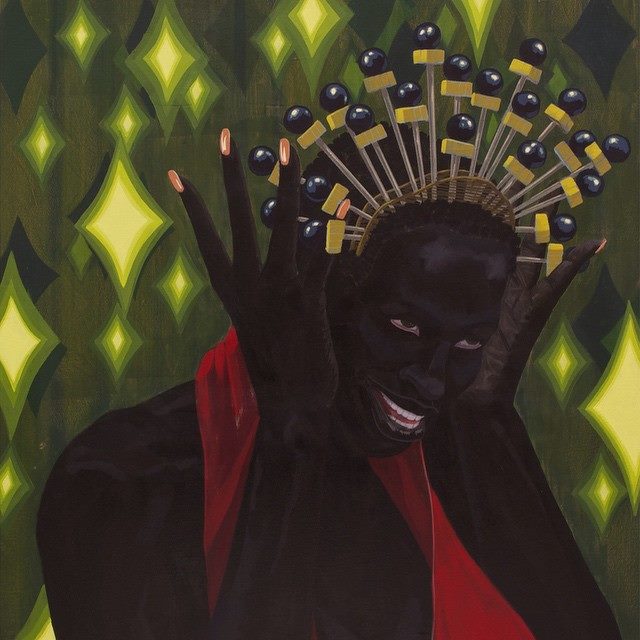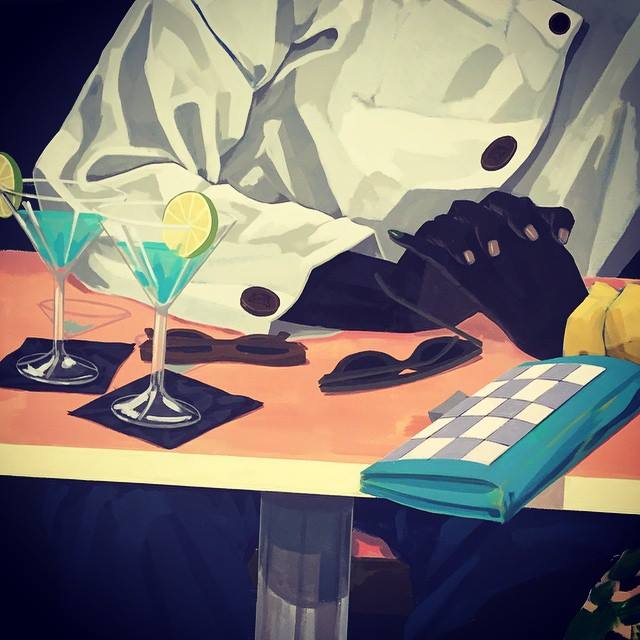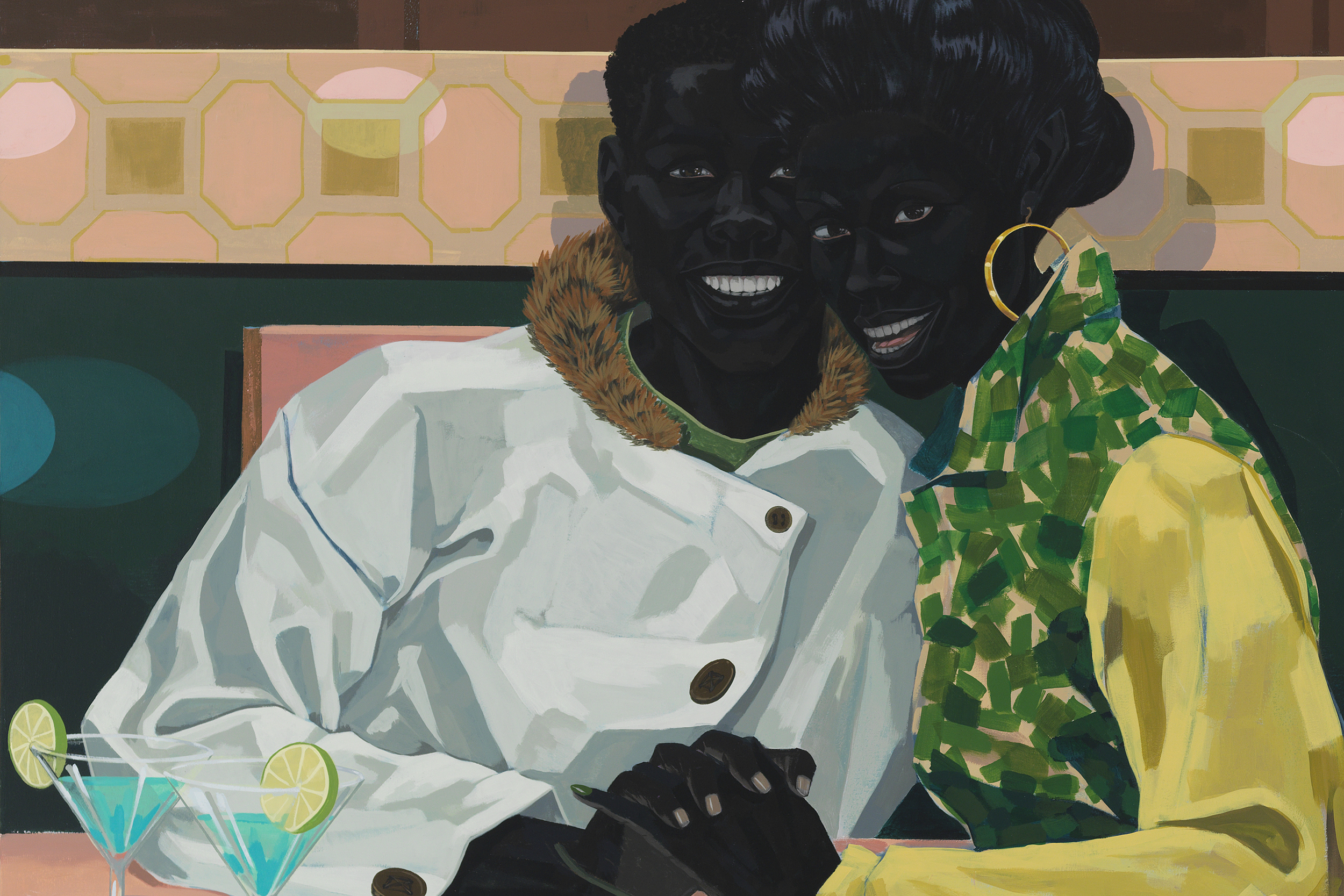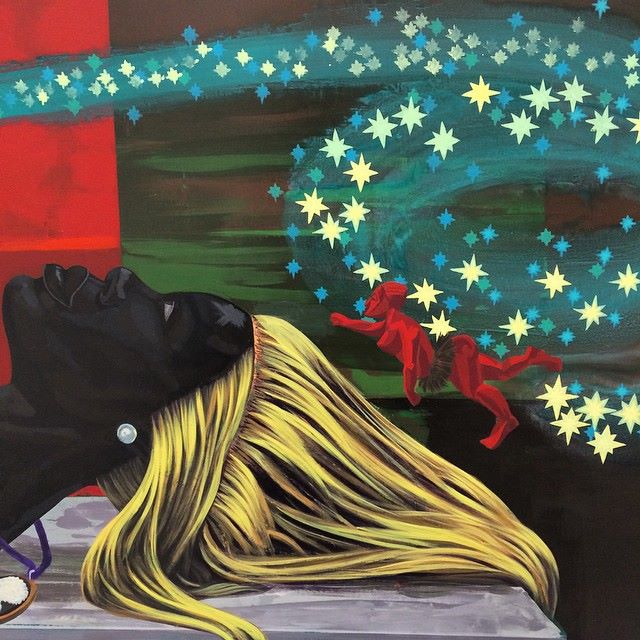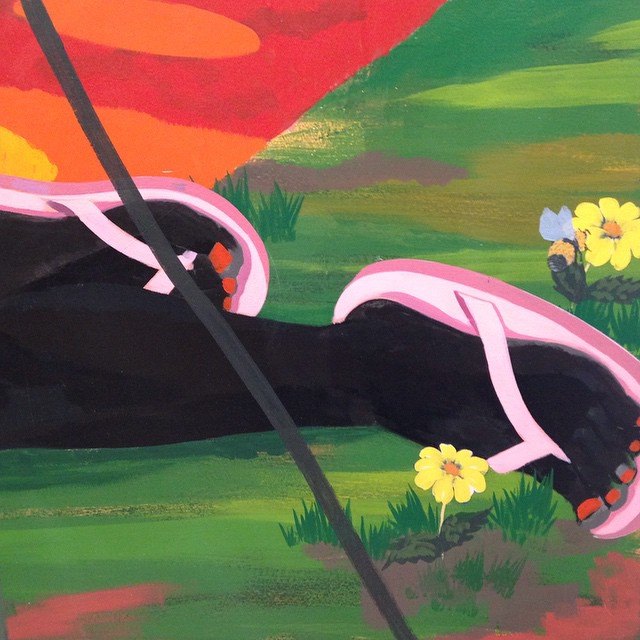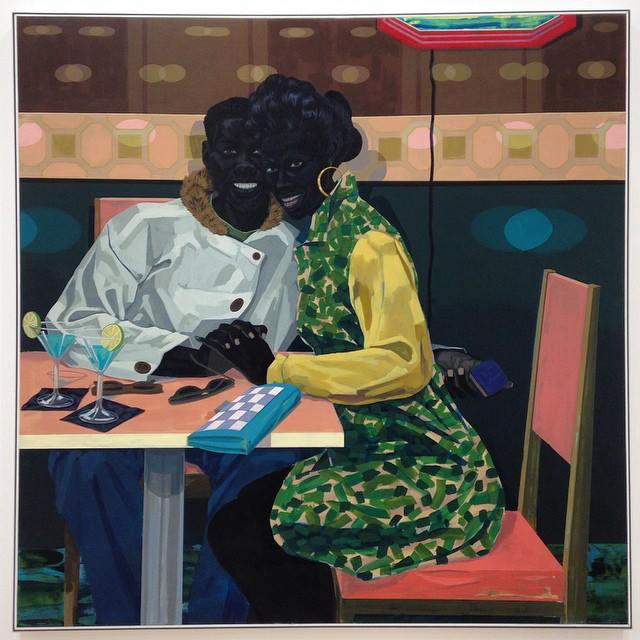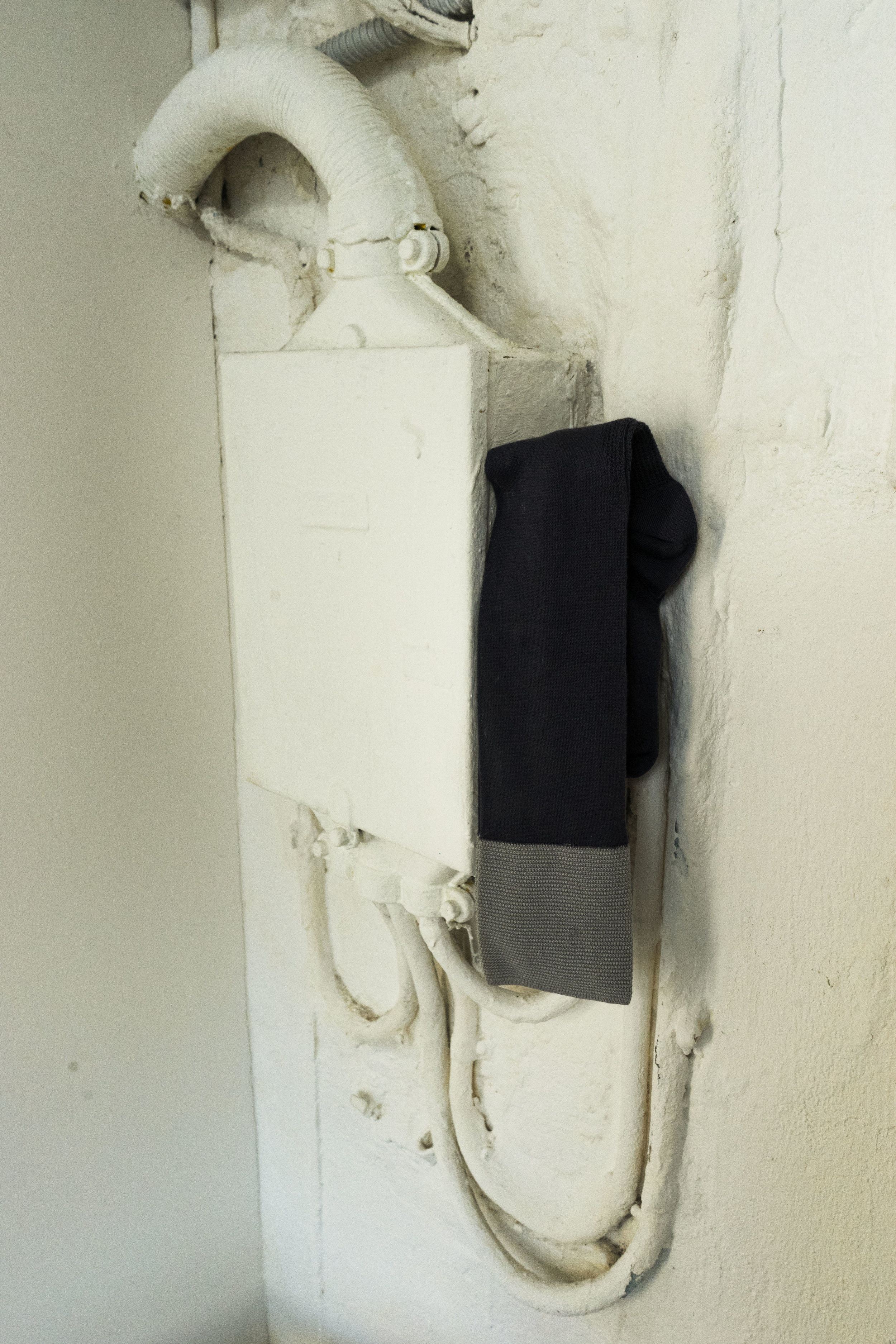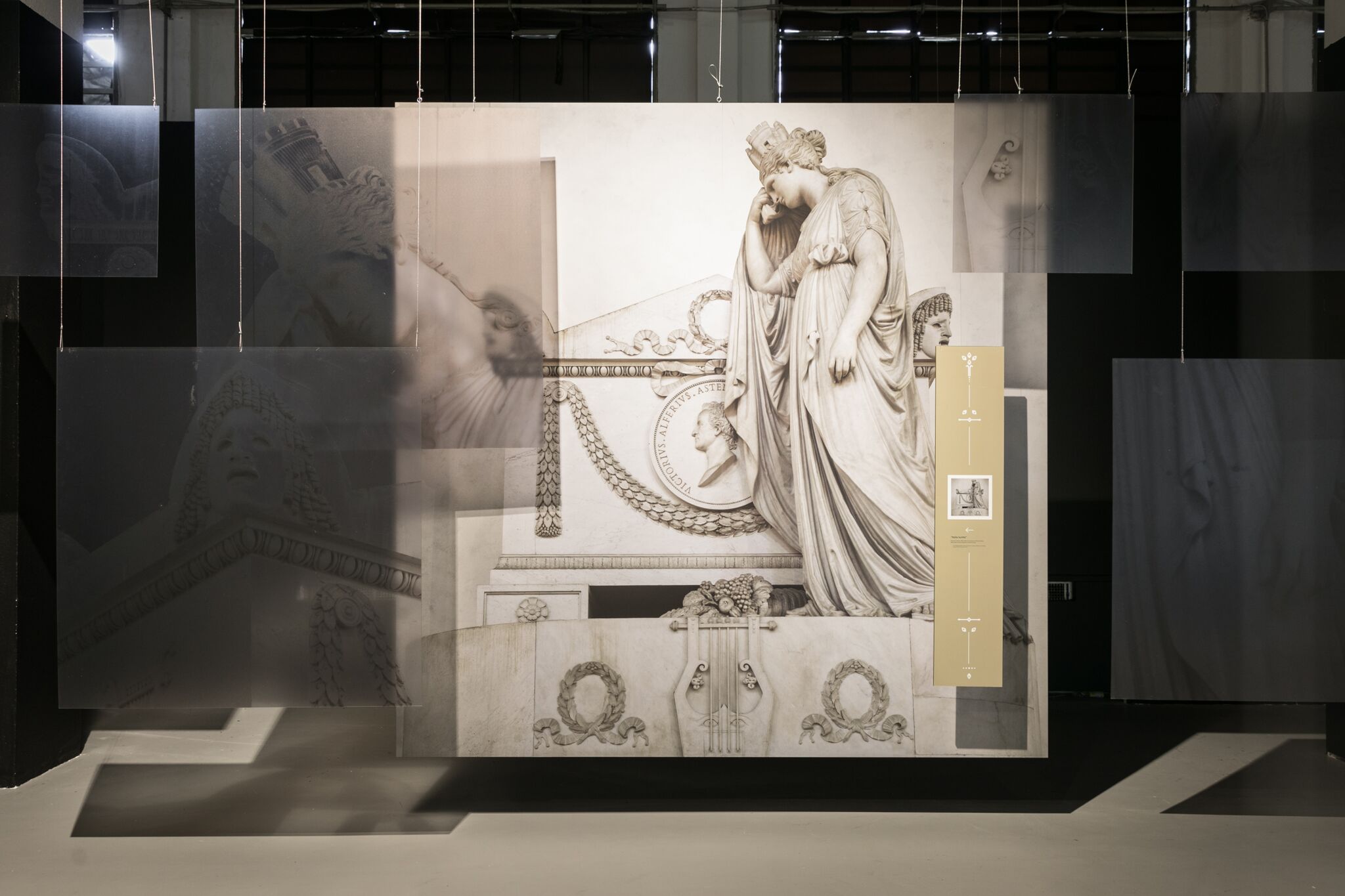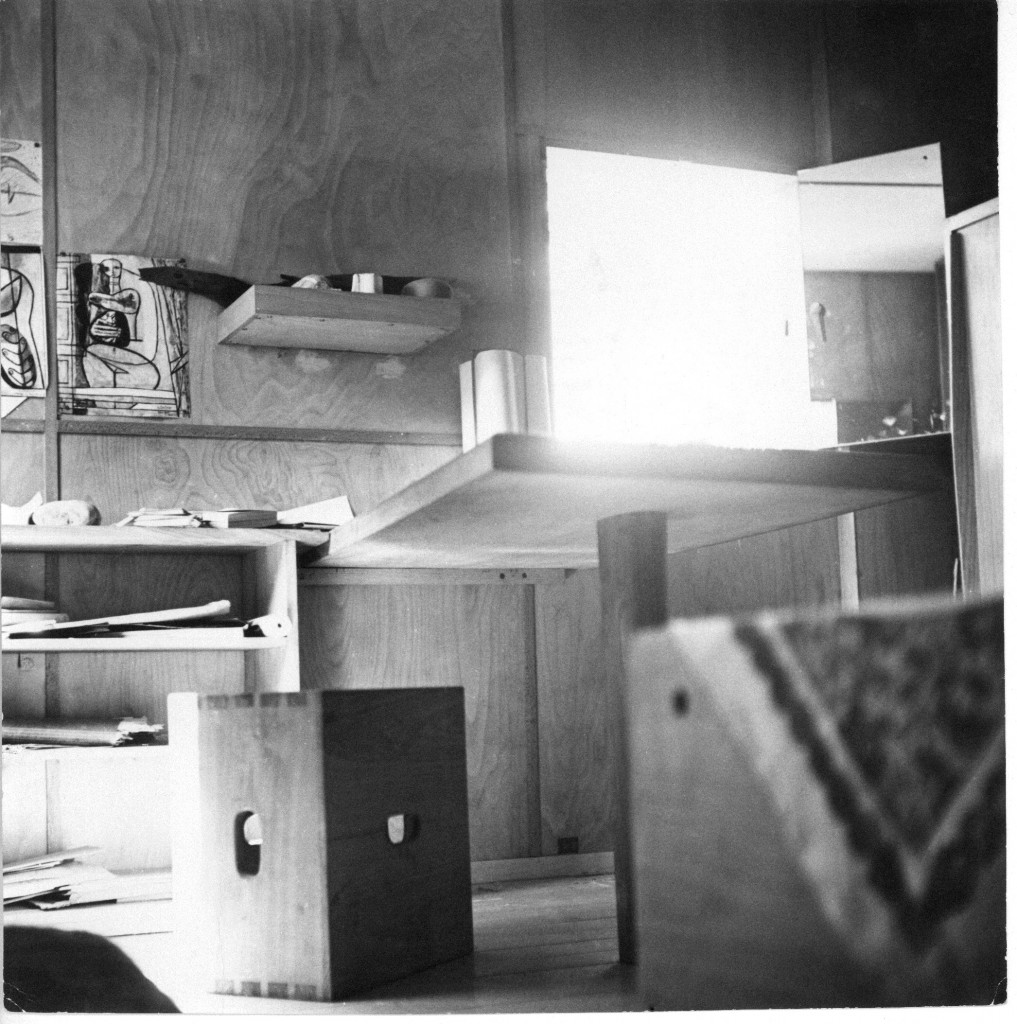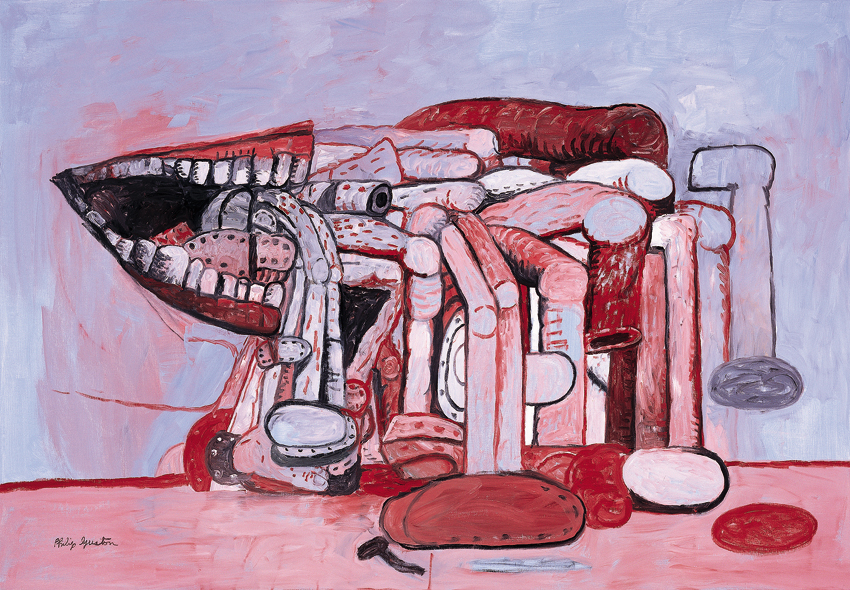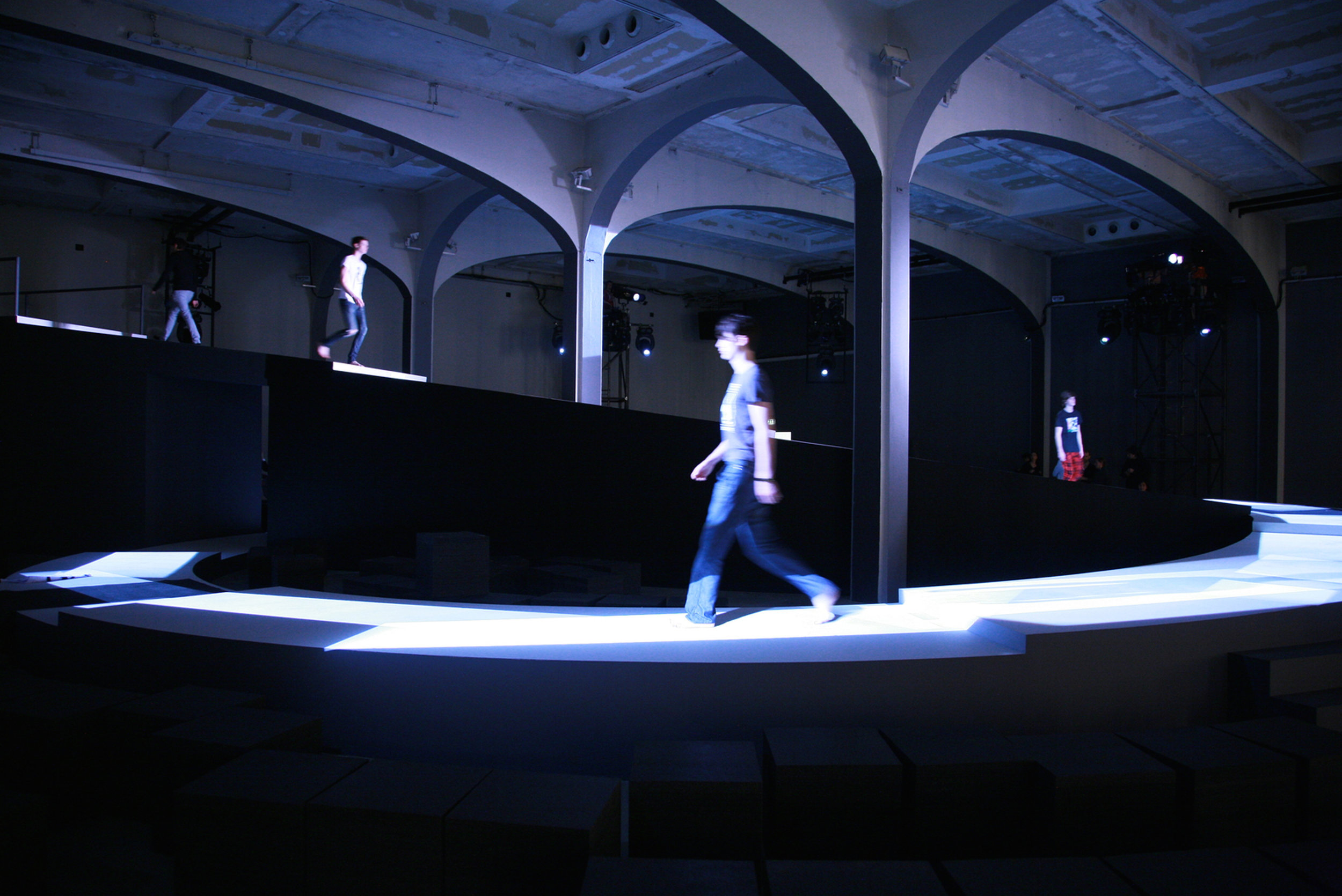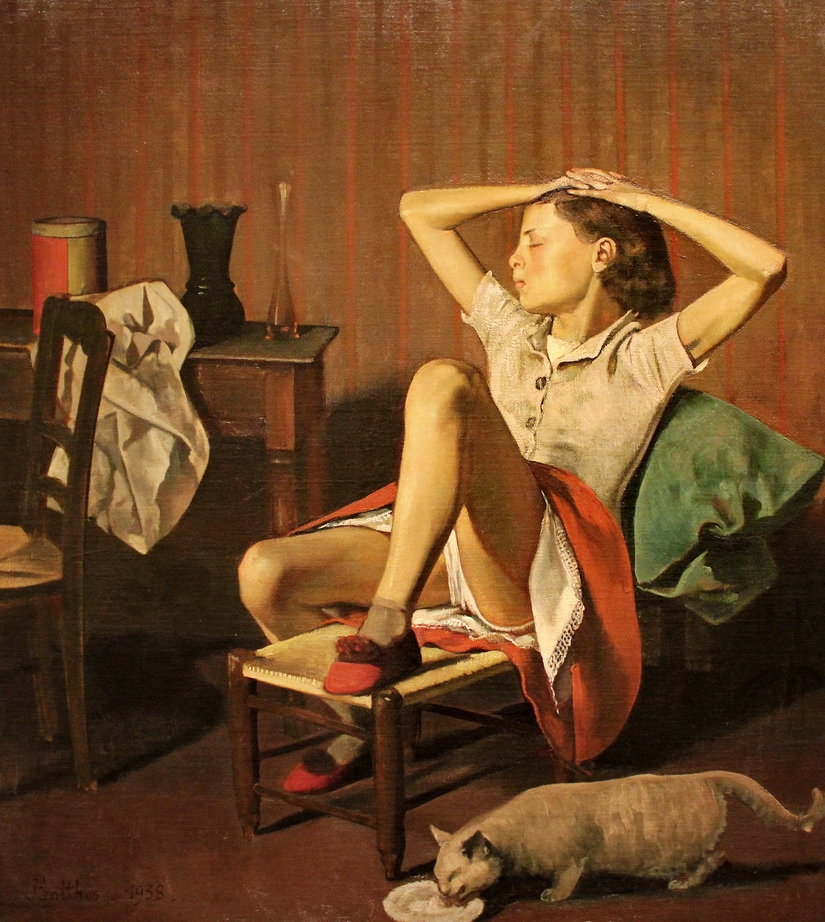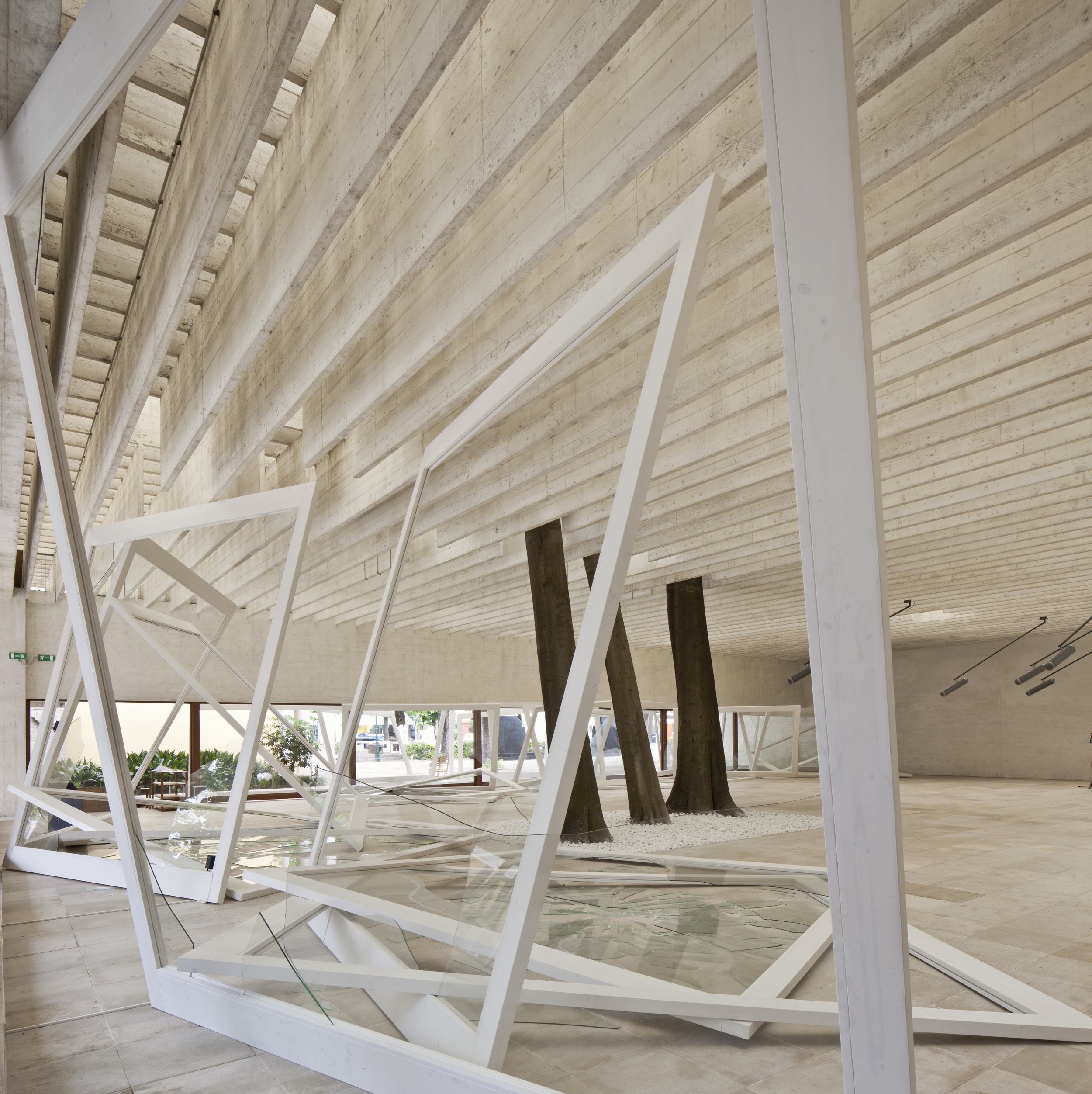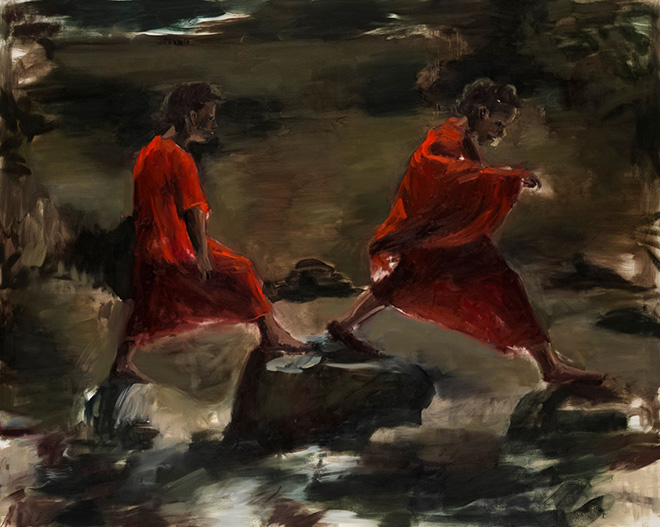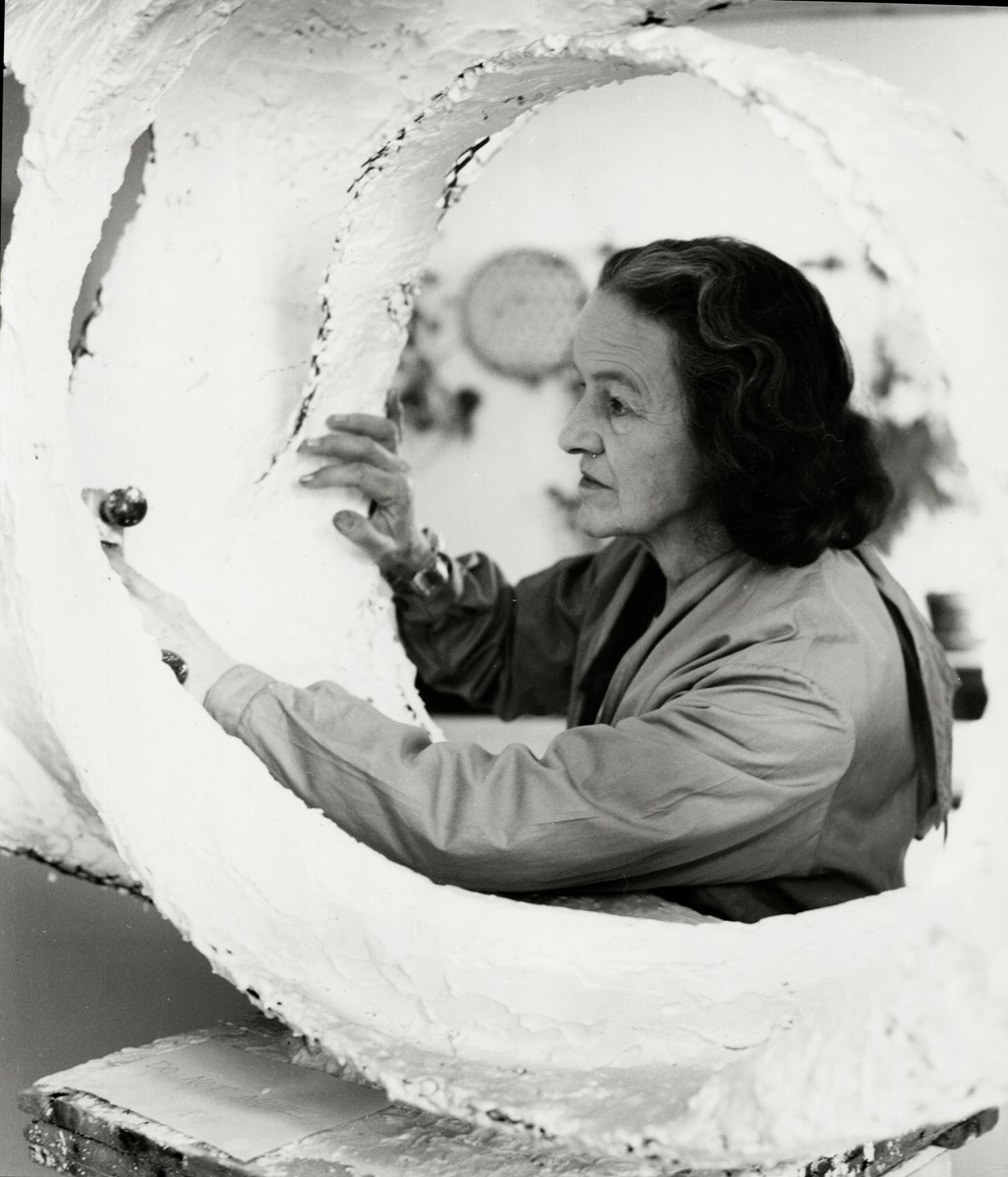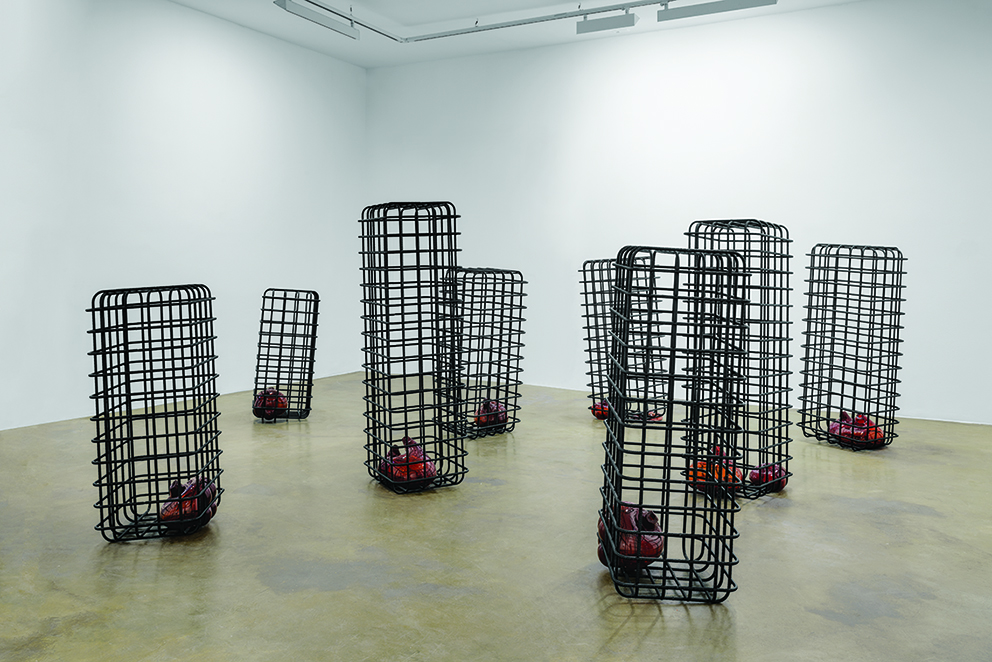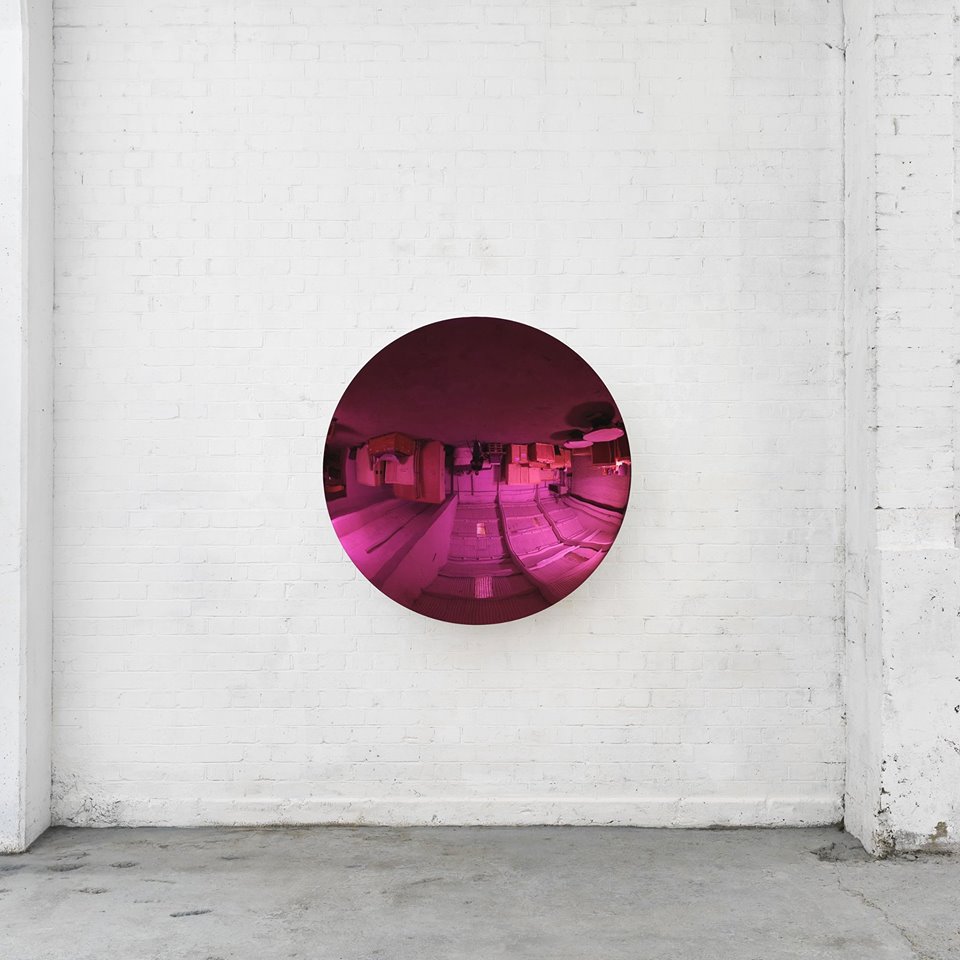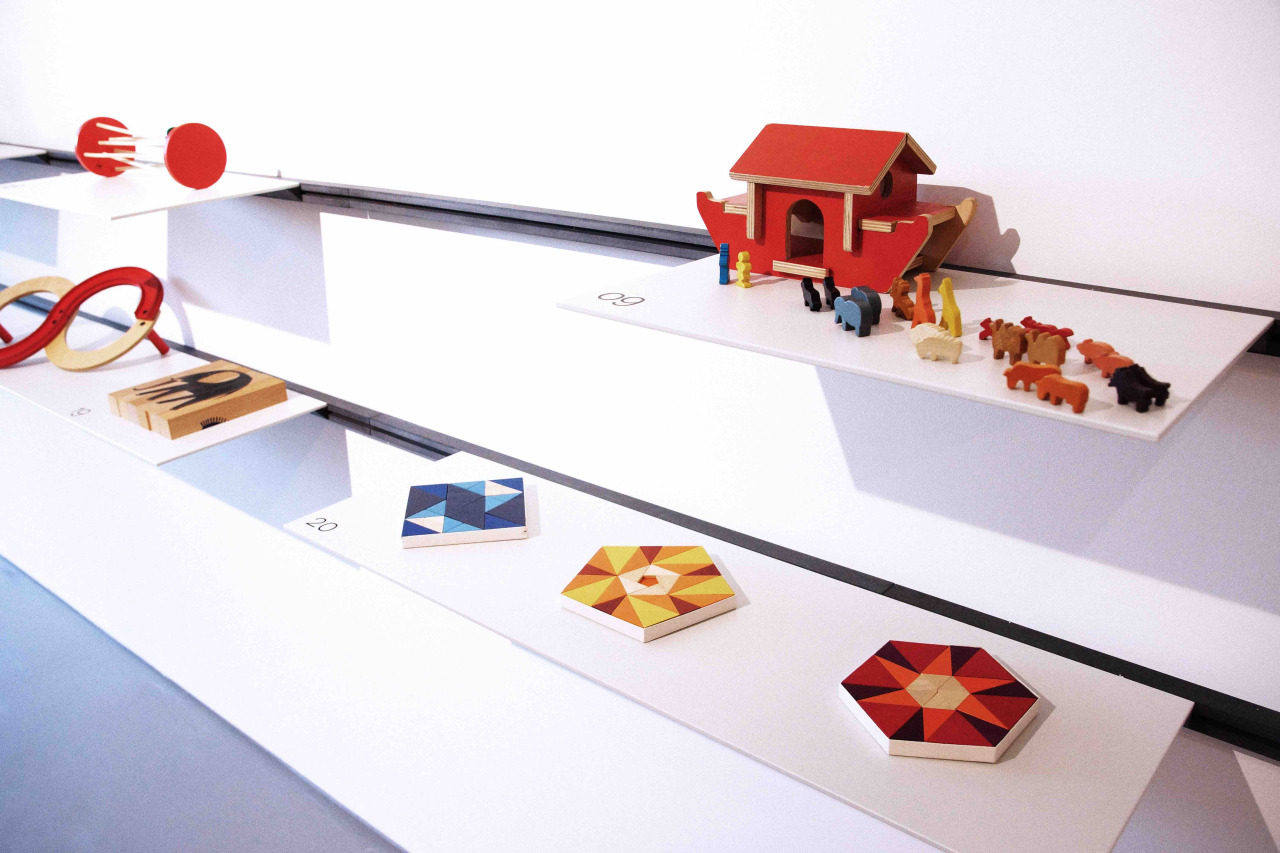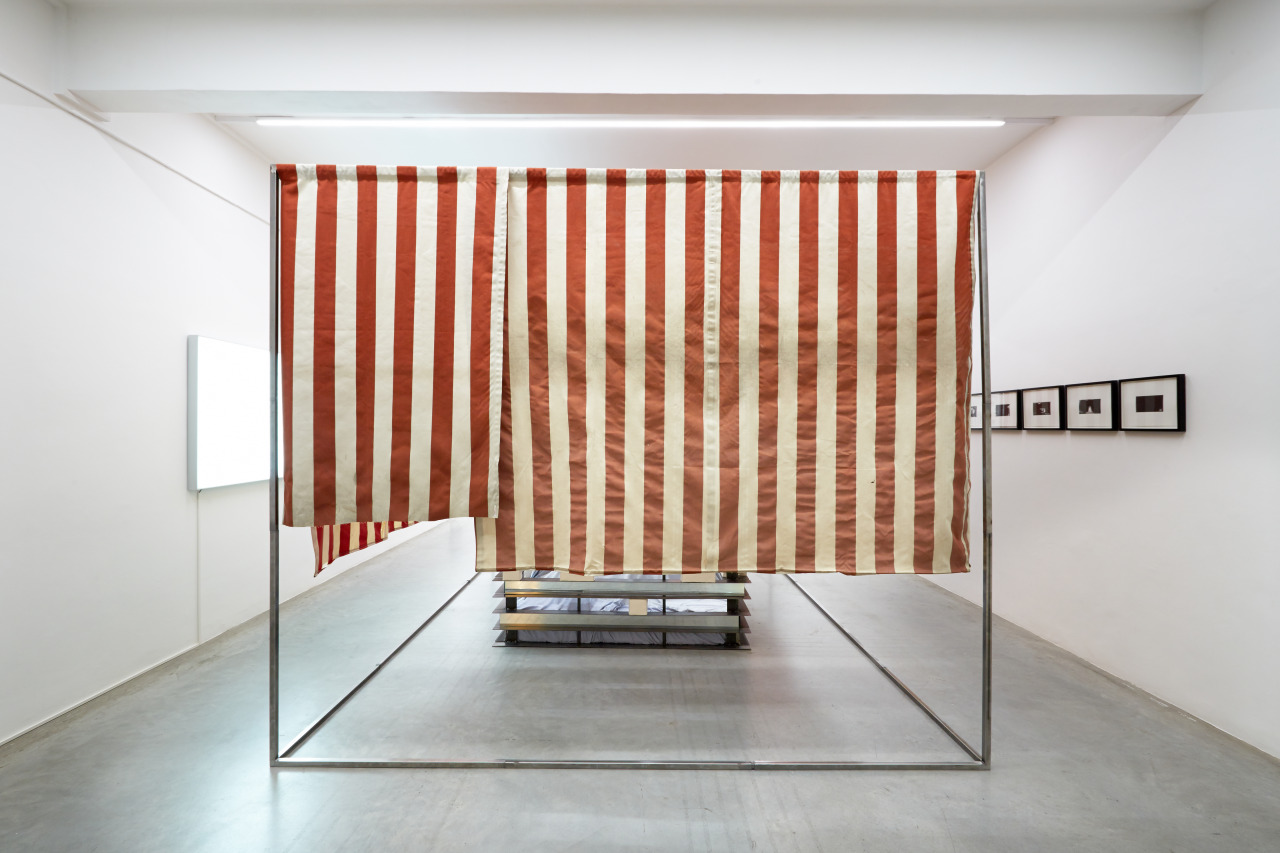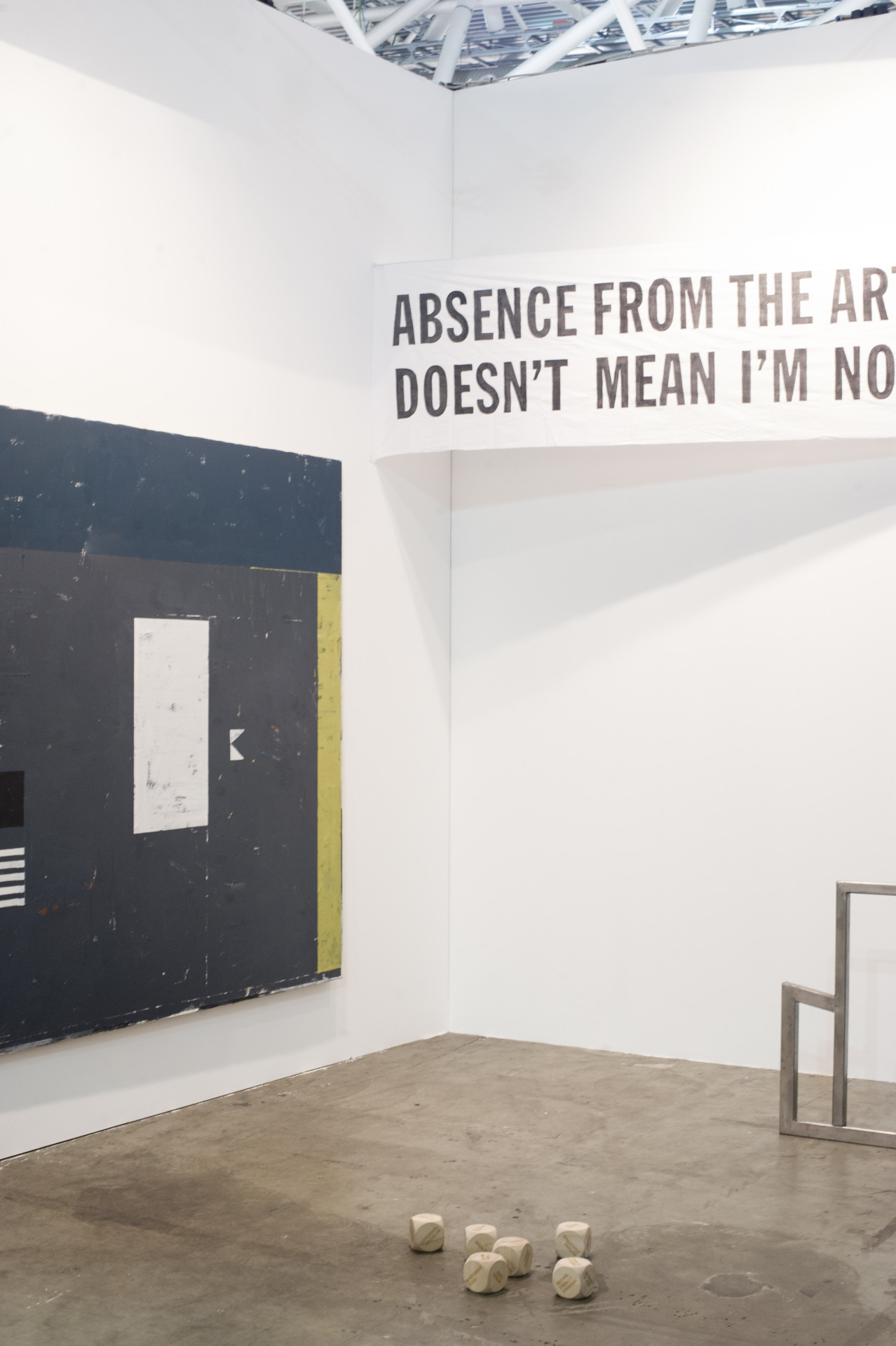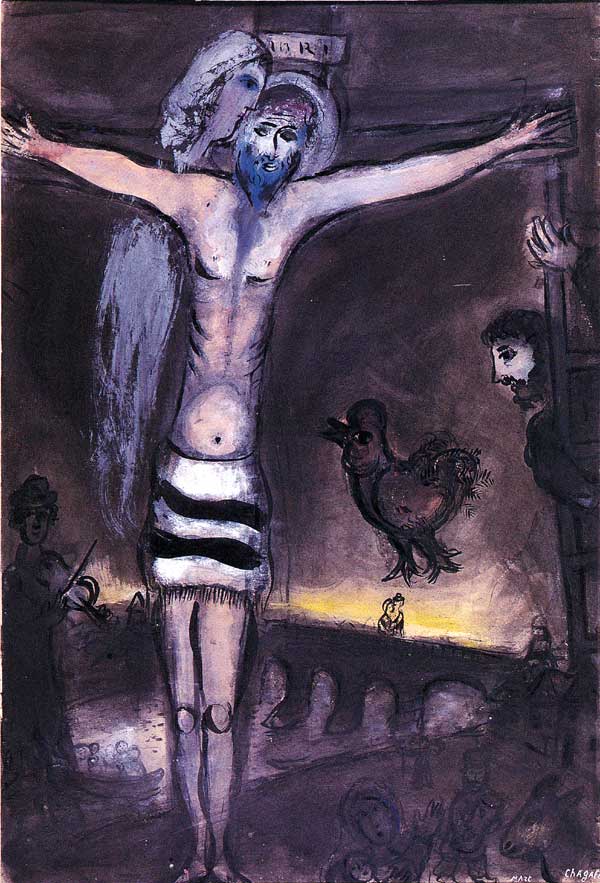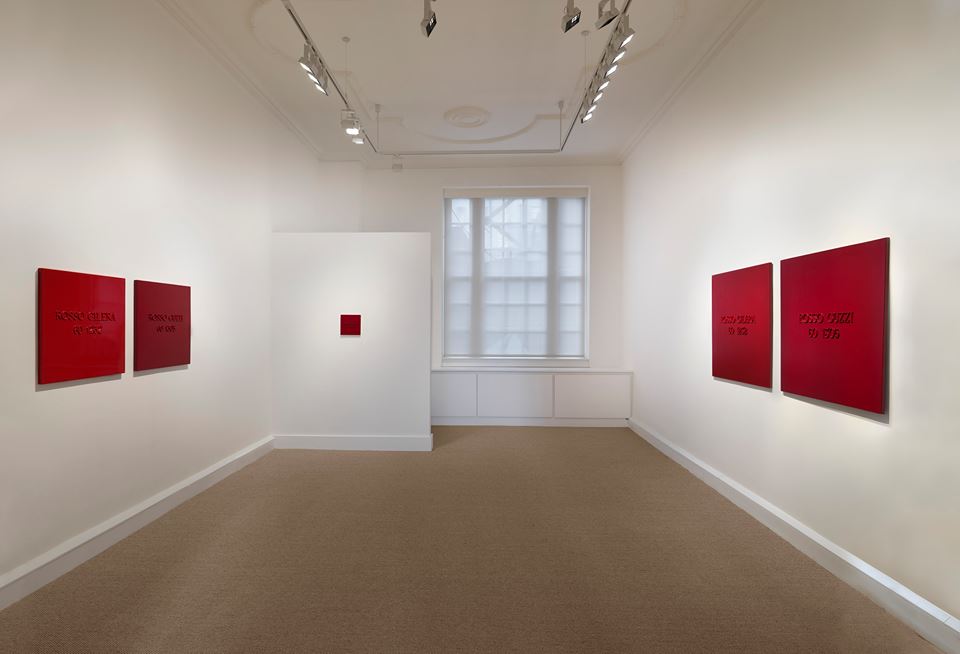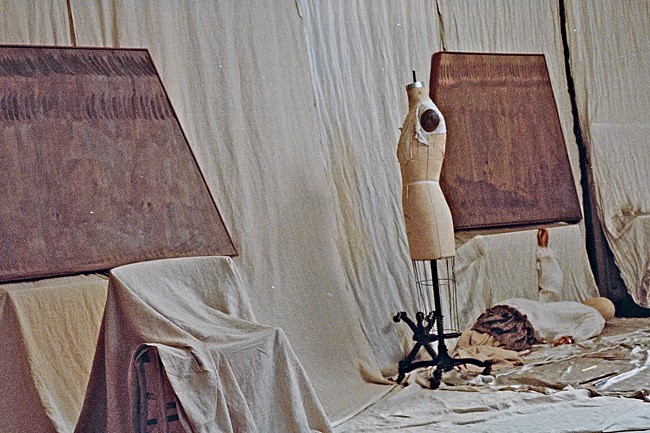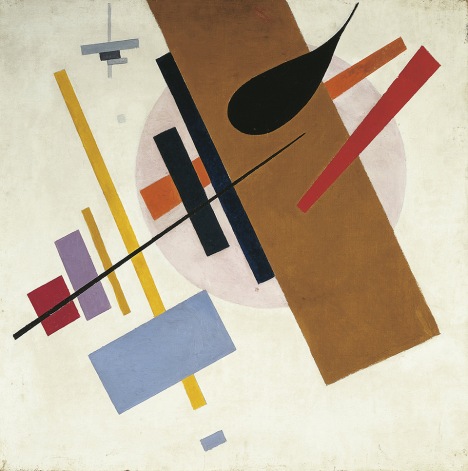Kerry James Marshall: Look See
London, David Zwirner Gallery
With a career spanning almost three decades, Marshall is well known for his paintings depicting actual and imagined events from African-American history. His complex and multilayered portrayals of youths, interiors, nudes, housing estate gardens, land- and seascapes synthesize different traditions and genres, while seeking to counter stereotypical representations of black people in society. Engaging with issues of identity and individualism, he frequently depicts his figures in an extreme opaque, black colour, which stylizes their appearance while being a literal and rhetorical reference to the term black and its diametric opposition to the white “mainstream.” With art history today acknowledged as having been written from the perspective of white Western artists, Marshall assimilates the limitations and contradictions inherent in its styles, subjects, and chronologies, creating highly personalised works that appear recognisable and unfamiliar at the same time.
Marshall also produces drawings in the style of comic strips, as well as sculptural installations, photography, and video. Like his paintings, these works accumulate various stylistic influences to address the historiography of black art, while at the same time drawing attention to the fact that they are not inherently partisan because their subjects are black.
For his first show with David Zwirner, Marshall will present new paintings that collectively examine notions of observing, witnessing, and exhibiting. While central to the relationship between viewer and artwork, these overarching concepts are typically steeped in conventions that render them passive acts. Yet, Marshall’s works subtly defy genre expectations and invite idiosyncratic, often ambiguous interpretations. Entitled Look See, the exhibition takes its point of departure in the etymological difference between looking and seeing, which embodies varying degrees of attentiveness. While “looking” is generally understood to be a removed, detached action, “seeing” involves perception and making connections between elements.
Works on view depict a series of characters amid ornate backdrops and dressed in outfits designed specifically for the paintings over a period of several years. Many emphasize the idea of display, such as Untitled (Crowning Moment), Marshall’s portrait of a young woman wearing an elaborate headband—based on a news photograph of a contestant putting on the winning crown at a beauty pageant—and Untitled (Beach Towel) in which the reclining female in a garden setting looks past the viewer to a camera not visible in the composition. In Untitled (Club Couple), a smiling couple poses blatantly as the male figure implicates the viewer in his plans by showing a small box with an engagement ring behind his girlfriend’s back. The exhibitionism inherent in such paintings—putting oneself on view—echoes the notion of pure presentation that runs throughout the artist’s new works. Marshall’s characters offer themselves to be looked at or are actively engaged with looking at something, including themselves.
Untitled (Mirror Girl), correspondingly, can only be seen in a mirror, where she appears to pose for her own enjoyment. In Untitled (Pink Towel), no indication is given to the identity of the woman, nude except for a towel that she holds up to casually cover her body. Looking straight at the viewer, her tilted head and pearl earring can be seen to imbue the everyday scene with an art-historical reference to Dutch painter Johannes Vermeer’s well-known portrait Girl with a Pearl Earring (c. 1665).
In the large-scale Untitled (Studio), Marshall depicts the process of a model having her portrait painted. The messy paints smattered across the table, floor, and even the resting dog further offer a metaphor for the staged nature of each of the works. The sense of fabrication is underscored by the unconventional clothing worn by most of the characters, created for the series as for a play or a movie. Yet while their peculiar combination of realism and fiction can be seen to connect the works conceptually—and also defines an immediacy rarely found in contemporary painting—each retains a singularity that seems to suggest that nothing has come before it. In Untitled (Blot), a single abstract canvas, also on a large scale, underscores the delicate link between representation and the real world more generally. As with Marshall’s wider oeuvre, fabrication here becomes linked to the realisation that the history of art as we know it is itself a construction of particular cultural and political perspectives, and always open to reinvention.
For more info please visit: www.davidzwirner.com
